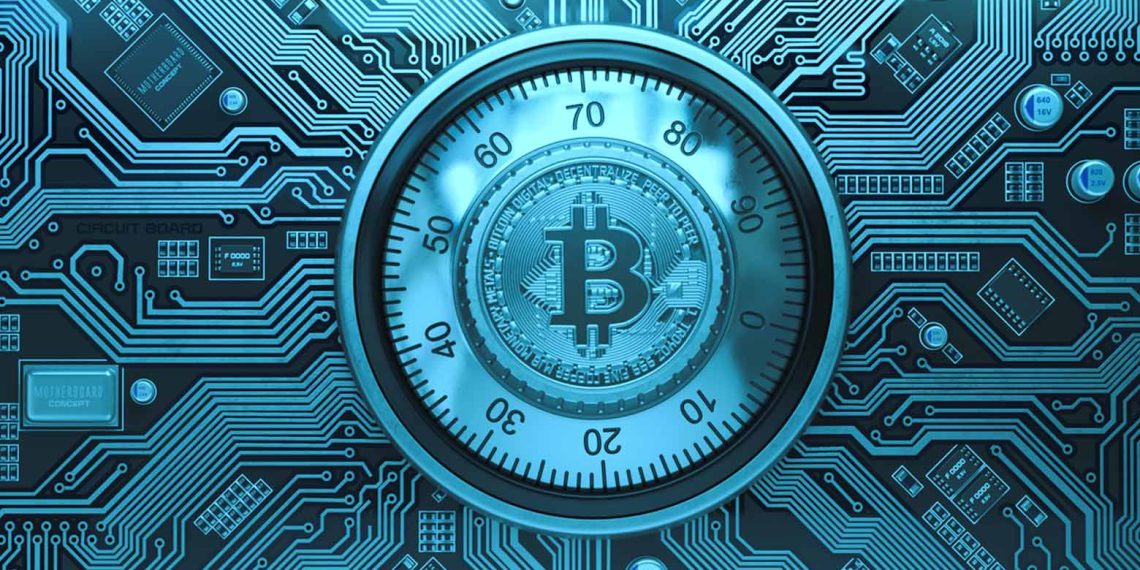By maintaining transaction flow, balancing fees, and offering real-time network insights, the mempool remains a vital component of Bitcoin’s infrastructure. However, what exactly does this term mean, how does it work, and what impacts can it bring to the network? Let’s delve into these questions to understand the concept of mempool and how it could influence your transactions in this article!
What is the Bitcoin mempool?
A Bitcoin mempool is a temporary storage space where unconfirmed Bitcoin transactions wait until a miner selects them to be added to a block on the blockchain.
In simple terms, a mempool is the contraction of “memory” and “pool”. Each Bitcoin node on the network has a different capacity for storing unconfirmed transactions and is responsible for maintaining its own mempool. When a user submits a Bitcoin transaction, it is first pushed to the network and enters the mempool of various nodes, waiting for a miner to confirm it.
How does the Bitcoin mempool work?
Basically, when a person signs a Bitcoin transaction and submits it to the network, it is sent from node to node across the chain. Each node adds that transaction to its own mempool and verifies whether the transaction follows the consensus rules.
The validation process must verify multiple criteria to ensure that every transaction meets the consensus mechanism, including:
- Signature Verification: Nodes confirm that transactions are properly signed using the correct private keys corresponding to the public key inputs.
- Fund Validation: The total inputs must match the total outputs, accounting for any transaction fees.
- Double-Spending Prevention: The unspent transaction output (UTXO) is checked to ensure the same inputs have not been used in another transaction.
- Transaction Format Compliance: The structure, including field lengths and serialisation, must conform to Bitcoin’s protocol.
- Script Execution: Nodes run the locking script (ScriptPubKey) and unlocking script (ScriptSig) to ensure compliance with standard formats and security guidelines.
- Size Limitation: Transactions must remain within the maximum size of 1MB or 4MB if SegWit is utilised.
- Fee Requirement: Transactions must meet the minimum fee threshold, calculated based on a “fee per byte” model, to be eligible for block inclusion.
- Timestamp Validation: The transaction’s lock time is checked to prevent setting a future time beyond the current block height, maintaining proper sequence order.
If a transaction does not pass node validation checks, it is rejected by the network’s mempools, preventing it from being confirmed, completed, or added to the blockchain.
However, if the transaction meets all validation criteria, it enters the mempool, where it awaits processing. Transactions with low fees may experience delays or, in some cases, be removed and discarded by nodes.
Nodes, or validators/miners will also run their own full nodes to see what transactions are in for them to choose and include in a new block. They will then select transactions from the mempool to add to the next block, and the transactions are confirmed. At this point, the transaction is completed, and funds arrive in the receiver’s wallet. The transaction is wiped out from every node’s mempool.
Why the Bitcoin mempool is important for blockchain
The Bitcoin mempool plays an important role in the network’s transaction processing. It’s part of the Bitcoin Improvement Proposal No.35 (BIP-35), in which outside nodes could access other nodes’ Mempool.
Convenience
The mempool acts as a temporary storage space for pending transactions. This helps ensure smooth communication between users and the network. Without the mempool, transactions with low fees would be outright rejected instead of being in the mempool until network congestion eases.
Fee Balancing and Network Efficiency
The size of the mempool can be adjusted upon network activity, directly influencing transaction fees. When a mempool is full, transactions need longer confirmation times, and users need to increase their fees to prioritise processing. This dynamic pricing mechanism helps regulate network congestion:
- High demand: Users willing to pay more see faster confirmations.
- Low demand: Miners process low-fee transactions, and users can transact at lower costs.
This natural balance ensures a fair and efficient fee market while preventing long-term congestion.
Real-time On-chain Insights
Looking at the mempool provides valuable data on transaction volume, network congestion, and estimated confirmation times. Users can analyse these metrics to adjust their fees strategically for optimised costs and processing speed.
What happens when the node’s memory is full?
During periods of high network activity, Bitcoin transactions may experience significant delays and increased fees. When transaction demand exceeds the network’s capacity, miners have a lot of flexibility in deciding which transactions to execute first. Even users who pay higher fees may still face unexpected waiting times.
If a transaction is delayed, users can attempt to accelerate it through several methods:
- Opt-in Replace-by-Fee (RBF): Allows users to resend a transaction with a higher fee, but only if their wallet supports it.
- Child Pays for Parent (CPFP): Miners prioritise transactions with higher combined fees, so a new transaction (child) with a high fee can incentivise miners to process the original (parent) transaction.
- Transaction Accelerators: Services like ViaBTC let users submit transactions for priority processing if they meet a minimum fee threshold (e.g., 0.1 mBTC per kilobyte).
Another method is to switch to the Lightning Network. The Lightning Network, a Layer 2 scaling solution, enables users to conduct multiple off-chain transactions and settle them on the main Bitcoin blockchain later. This allows transactions to bypass network congestion while reducing fees.
Even if a transaction remains unconfirmed for an extended period, the funds are not lost. They will stay in the sender’s wallet until the transaction is either confirmed or eventually dropped from the mempool.











